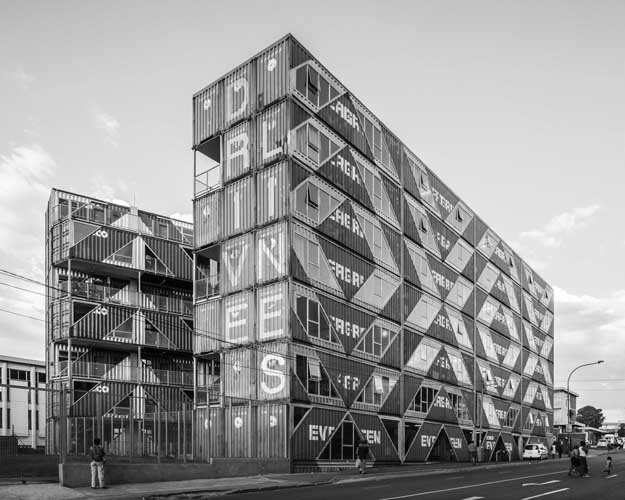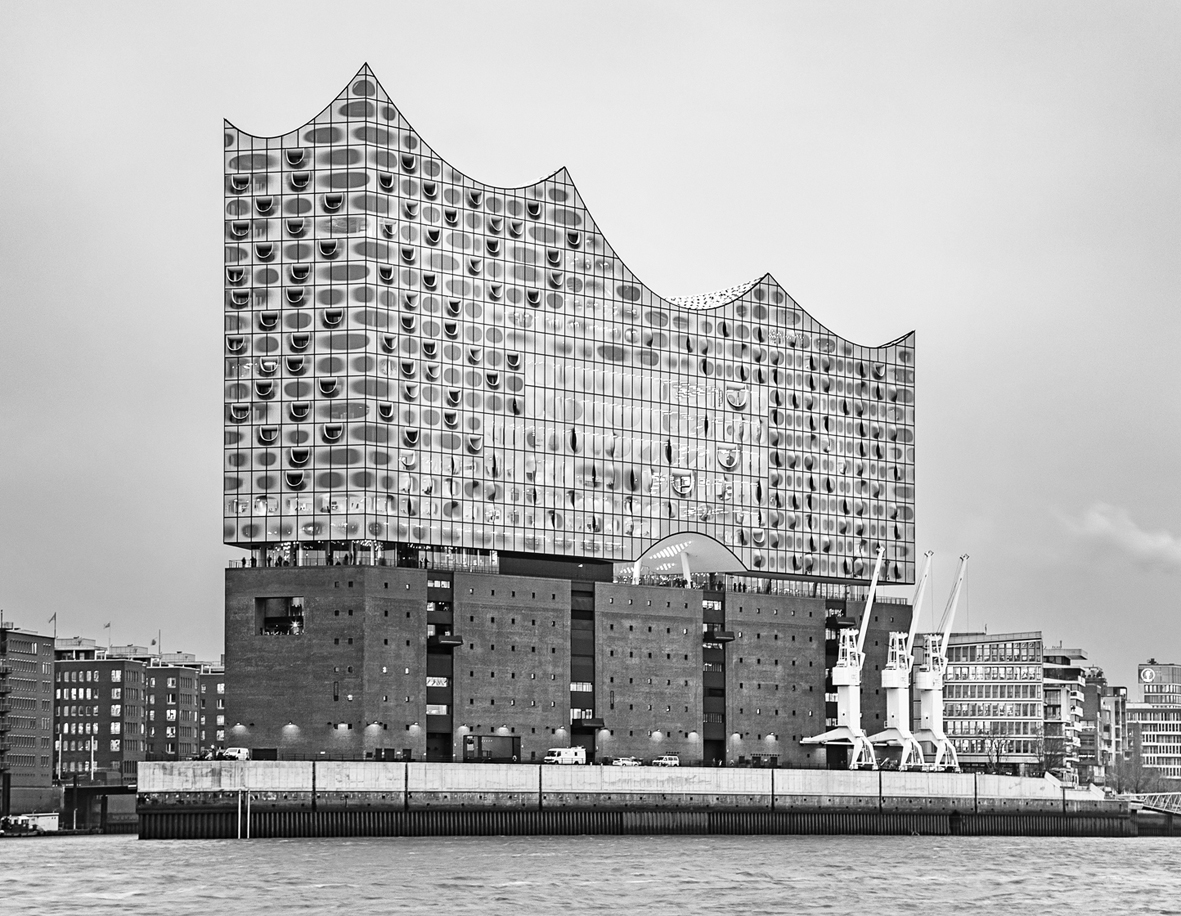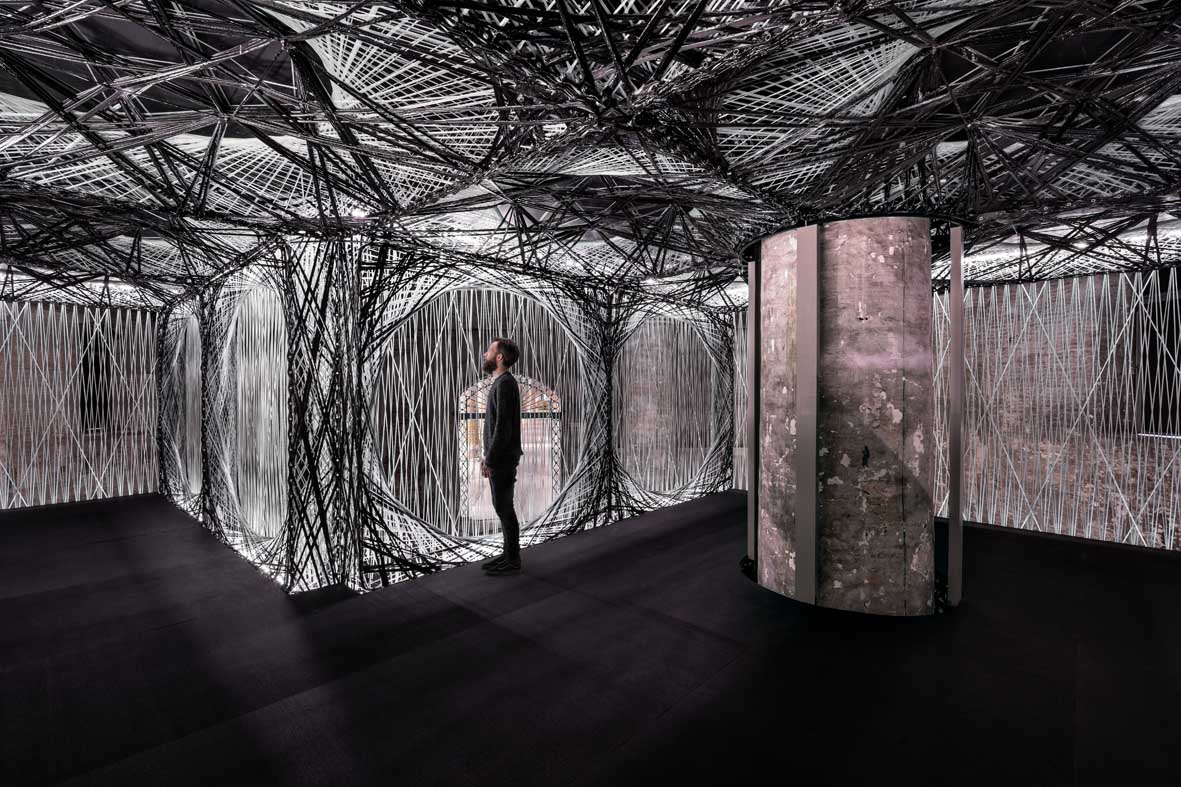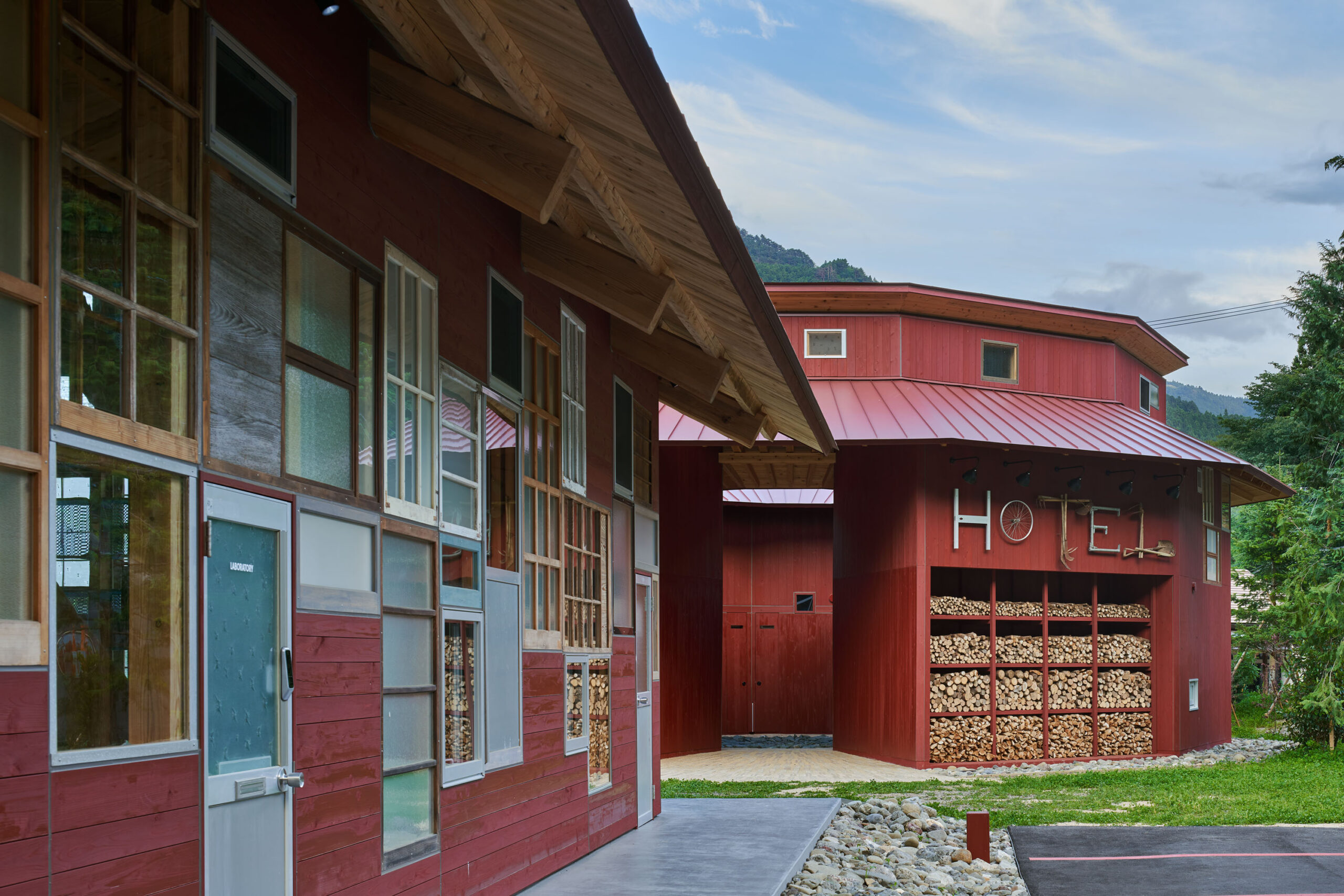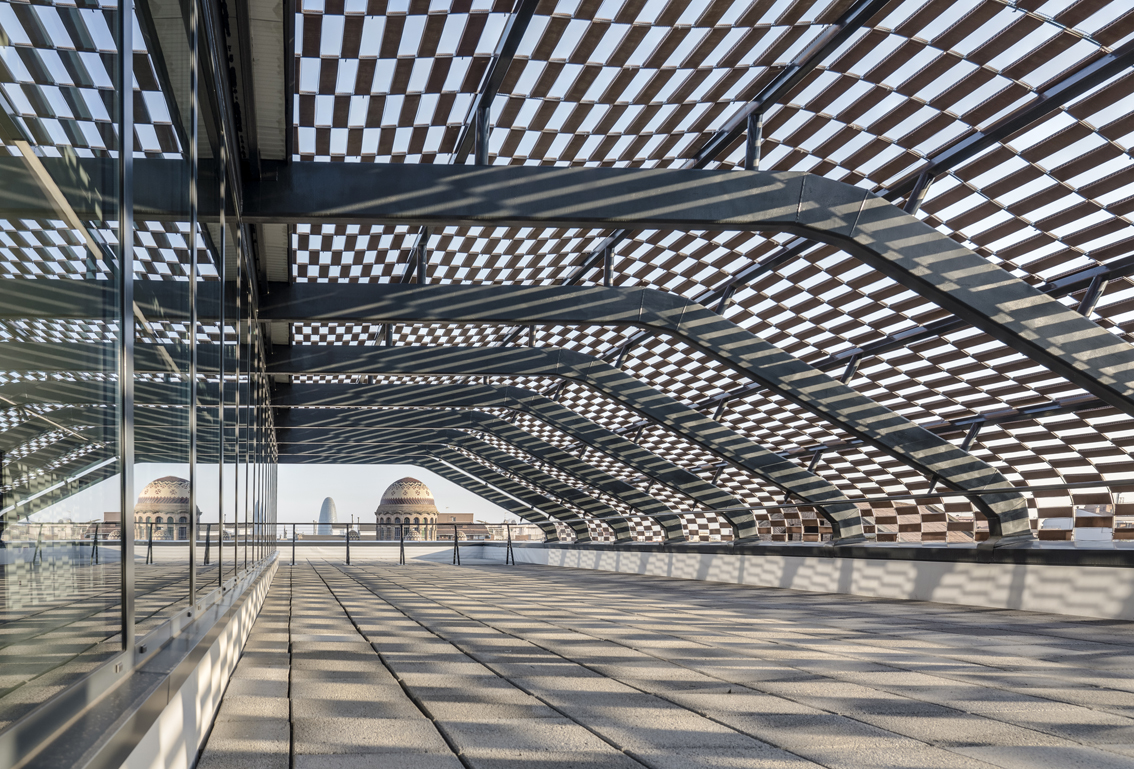REUSING WASTE ELEMENTS AND MATERIALS IN ARCHITECTURE: A STRATEGY FOR CIRCULARITY AND DECARBONIZATION
introduction
Serena Baiani, Paola Altamura, Gabriele Rossini
The construction sector plays a crucial role in the challenges of climate change and resource scarcity, due to the high volume of raw material consumption and waste production, climate-altering emissions and waste from construction, redevelopment and demolition processes. Design approaches centered on “second-life” materials appear to be more and more relevant: this refers to reused and/or recycled local materials, whose employment in architecture can contribute to the improvement of efficiency in the use of resources and climate change mitigation. In this scenario, the reuse strategy, which is to be preferred to recycling due to the possibility to preserve the value of the CO2 embedded in building components, stands as a frontier for design innovation, as it allows valuing local and waste materials and characterizing the building also by rooting it more deeply in the context. Experimentations focused on the reuse of components and materials fall into sustainable design approaches. The innovation appears in the design process, in which the idea originates from the research and knowledge of available materials, and is reinforced during the realization of interventions.

